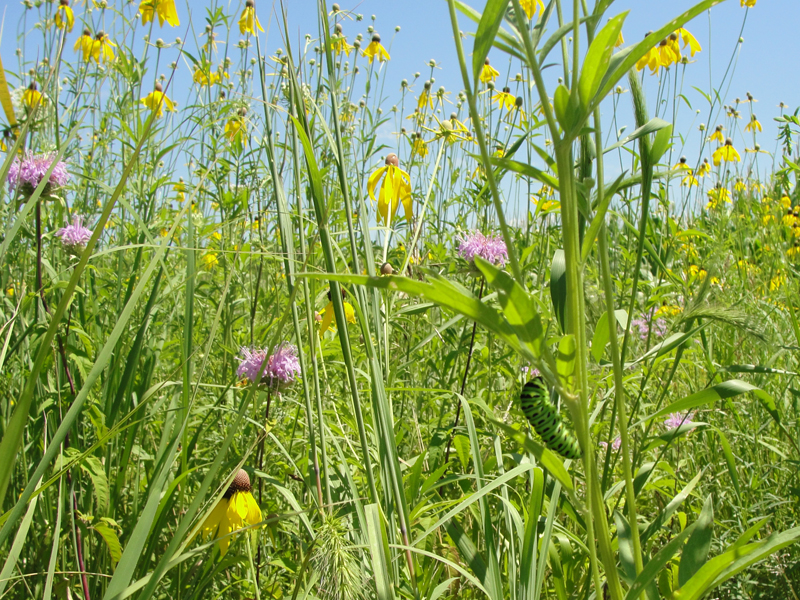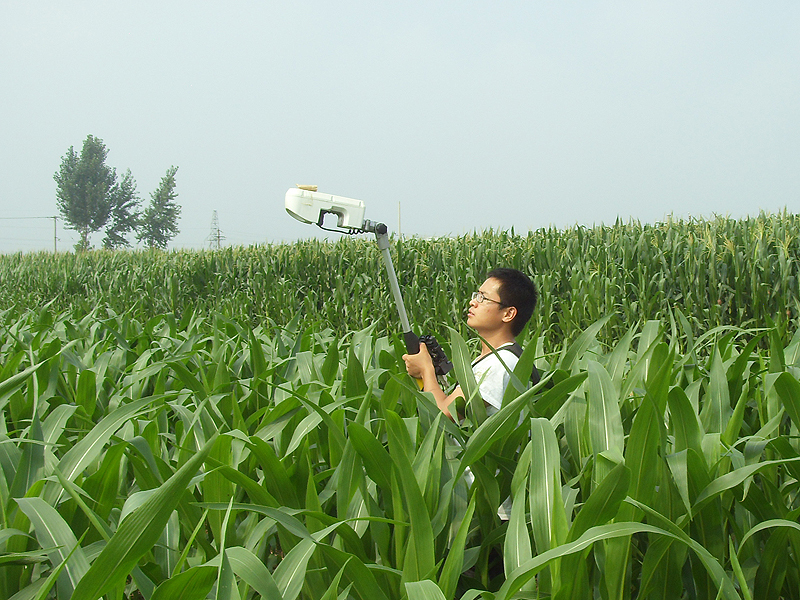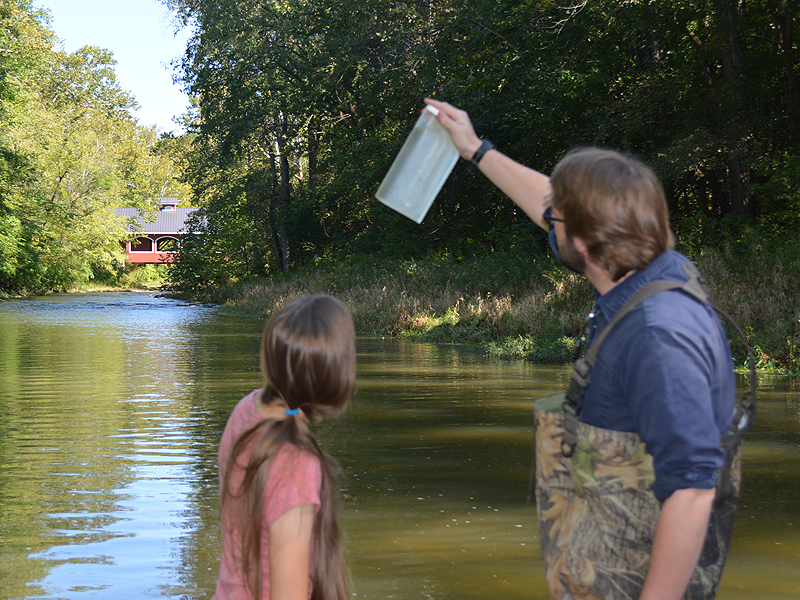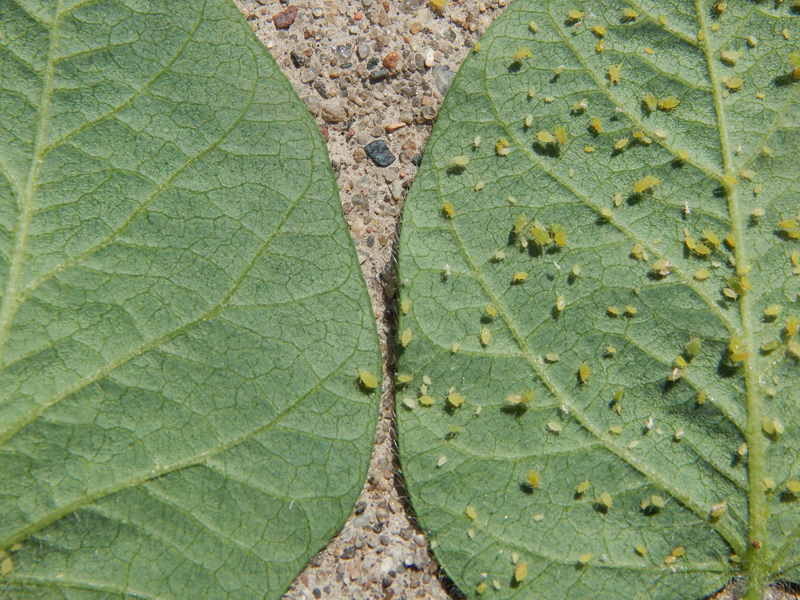Production Agriculture

It’s not fun when a fungus contaminates crops. Safe native fungi, however, show promise in the fight against toxic fungal contamination.


Farmers irrigating their crops may soon be getting some help from space. In 2018, scientists launched ECOSTRESS, a new instrument now attached to the International Space Station. Its mission: to gather data on how plants use water across the world.
The ECOsystem Spaceborne Thermal Radiometer Experiment on Space Station (ECOSTRESS) helps scientists answer three broad questions:

Warren Dick has worked with gypsum for more than two decades. You’d think he’d be an expert on drywall and plastering because both are made from gypsum. But the use of gypsum that Dick studies might be unfamiliar to you: on farmland.

Modern agriculture’s large monoculture fields grow a lot of corn and soybeans, planted annually. The outputs from row crops can be measured both in dollars paid in the market and also in non-market costs, known as externalities. Soil, nutrients, groundwater, pollinators, wildlife diversity, and habitat (among other things) can be lost when crop yields are maximized.
Now it appears that prairie strips have an extraordinary power to change this pattern.

Too much of a good thing can be a bad thing. That’s certainly true for nitrogen fertilizers.
Without enough nitrogen, crops don’t grow well. Yields are reduced significantly.
Applying too much nitrogen fertilizer, on the other hand, can hurt the environment. Nitrogen can enter the watershed, polluting aquatic ecosystems. Microbes can also convert the excess nitrogen into nitrous oxide, a greenhouse gas implicated in climate change.

In the early 1990s, Acton Lake in southwestern Ohio had a muddy problem. Large amounts of sediment from nearby farms were entering the lake’s watershed. These sediments traveled through streams draining the landscape and were filling up the lake.
So, the USDA gave local farmers incentives to change some of their farming practices. One of these practices was conservation tillage, in which the soil is plowed less often. That can reduce sediment runoff.

When you think of China, do you think of potatoes? Maybe not, but in the Loess Plateau region of northwestern China, potato is the main food crop.


Spring in America’s heartland is often wet. That makes its soil too soft for planting. One solution to that issue is tile drainage. Growers insert a series of pipes (drain tiles) under their fields, which drains water from the soil into nearby streams and lakes.


Coffee is one of Brazil’s biggest crops. Brazil’s favorable climate helps coffee beans ripen and be ready for picking during a concentrated period of weeks. This makes mechanical harvesting an economically reasonable choice.


